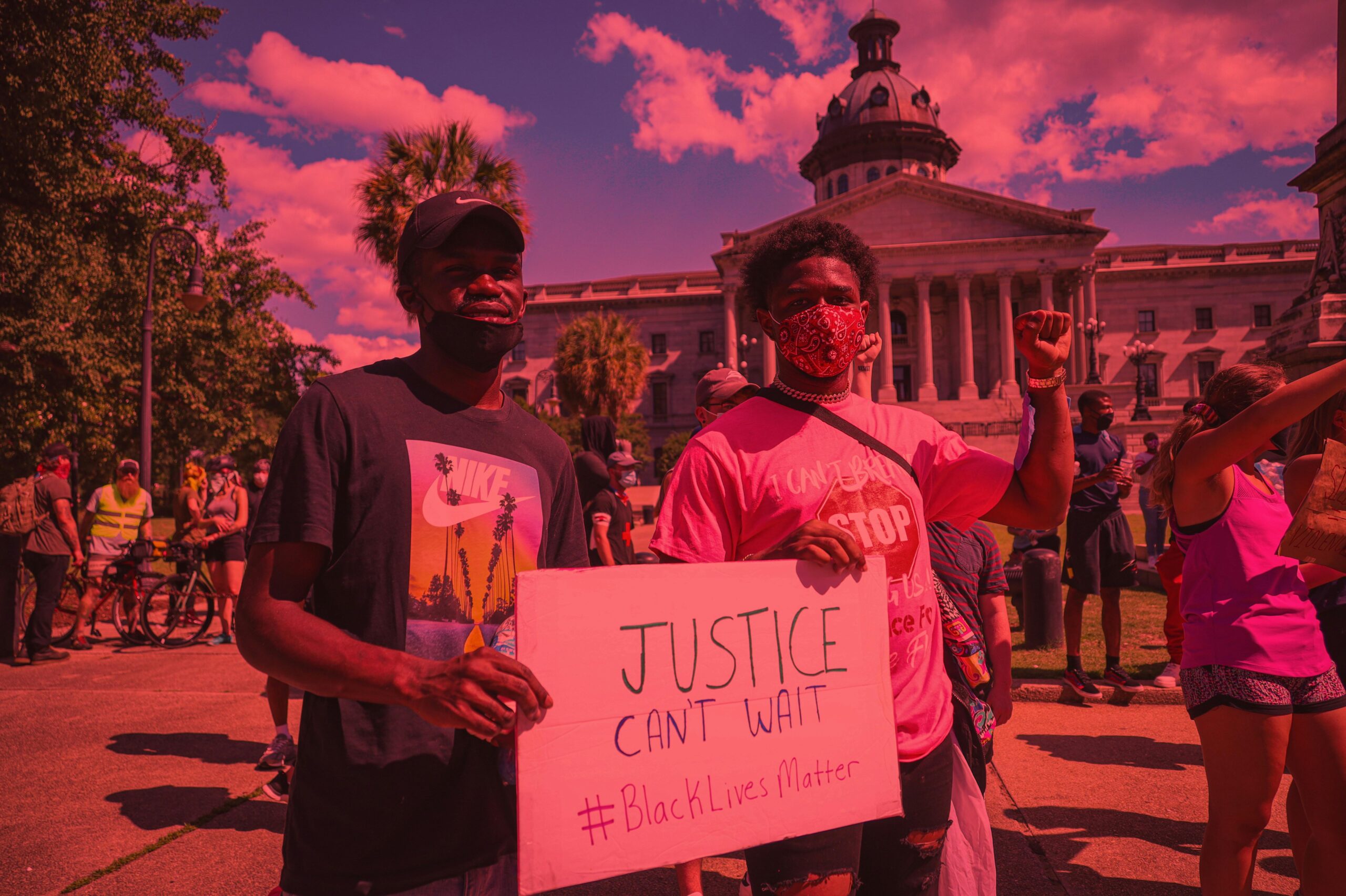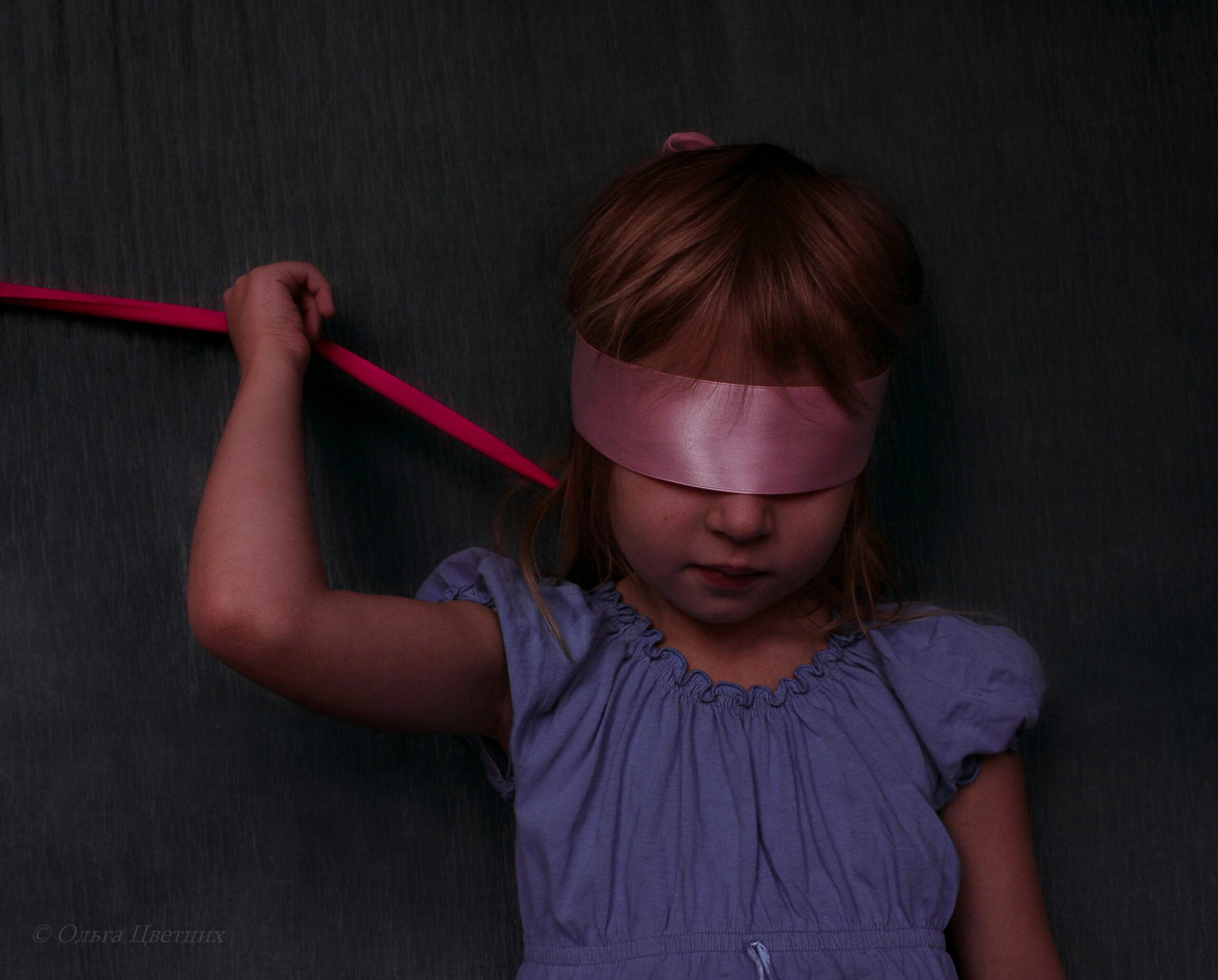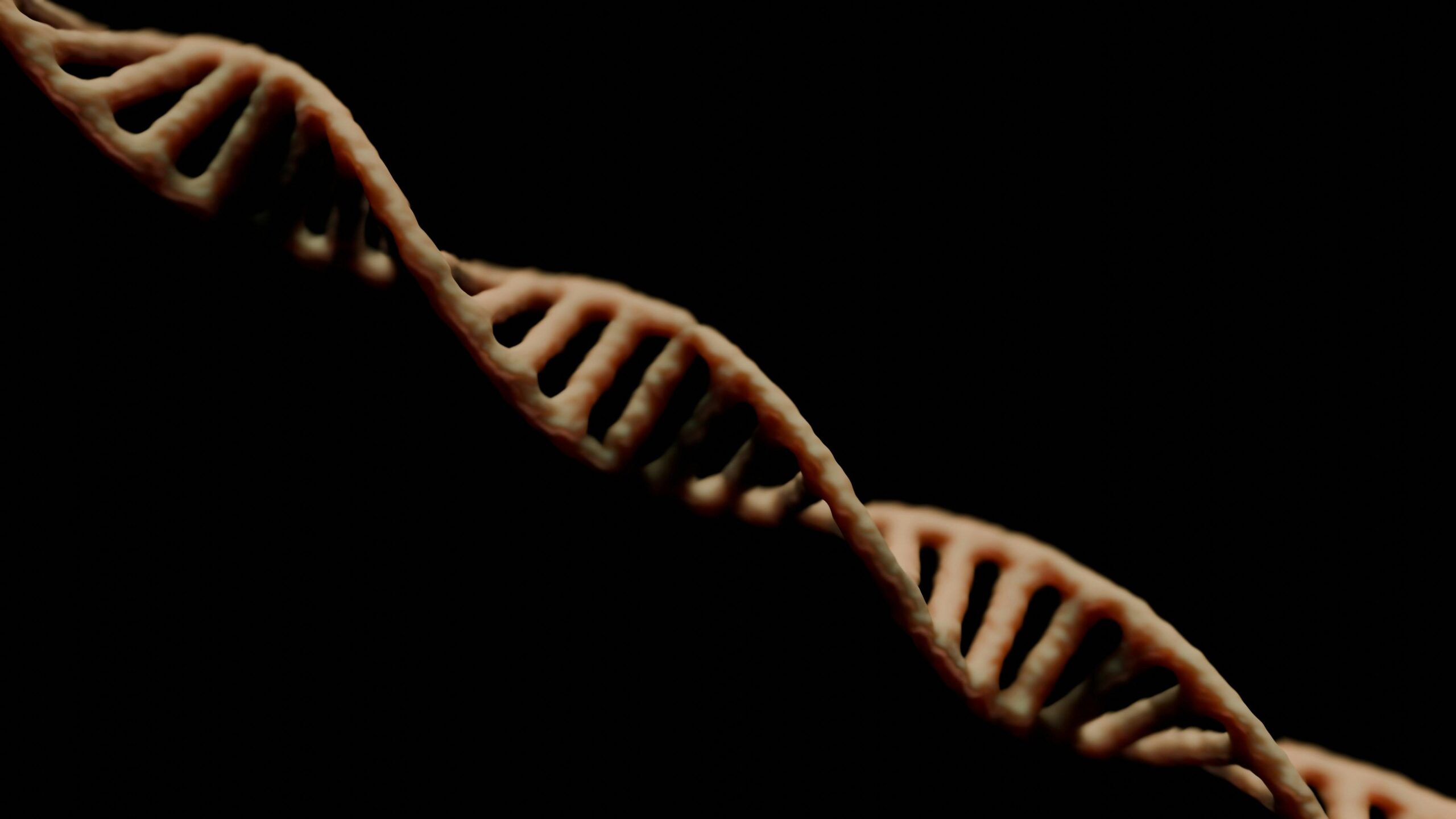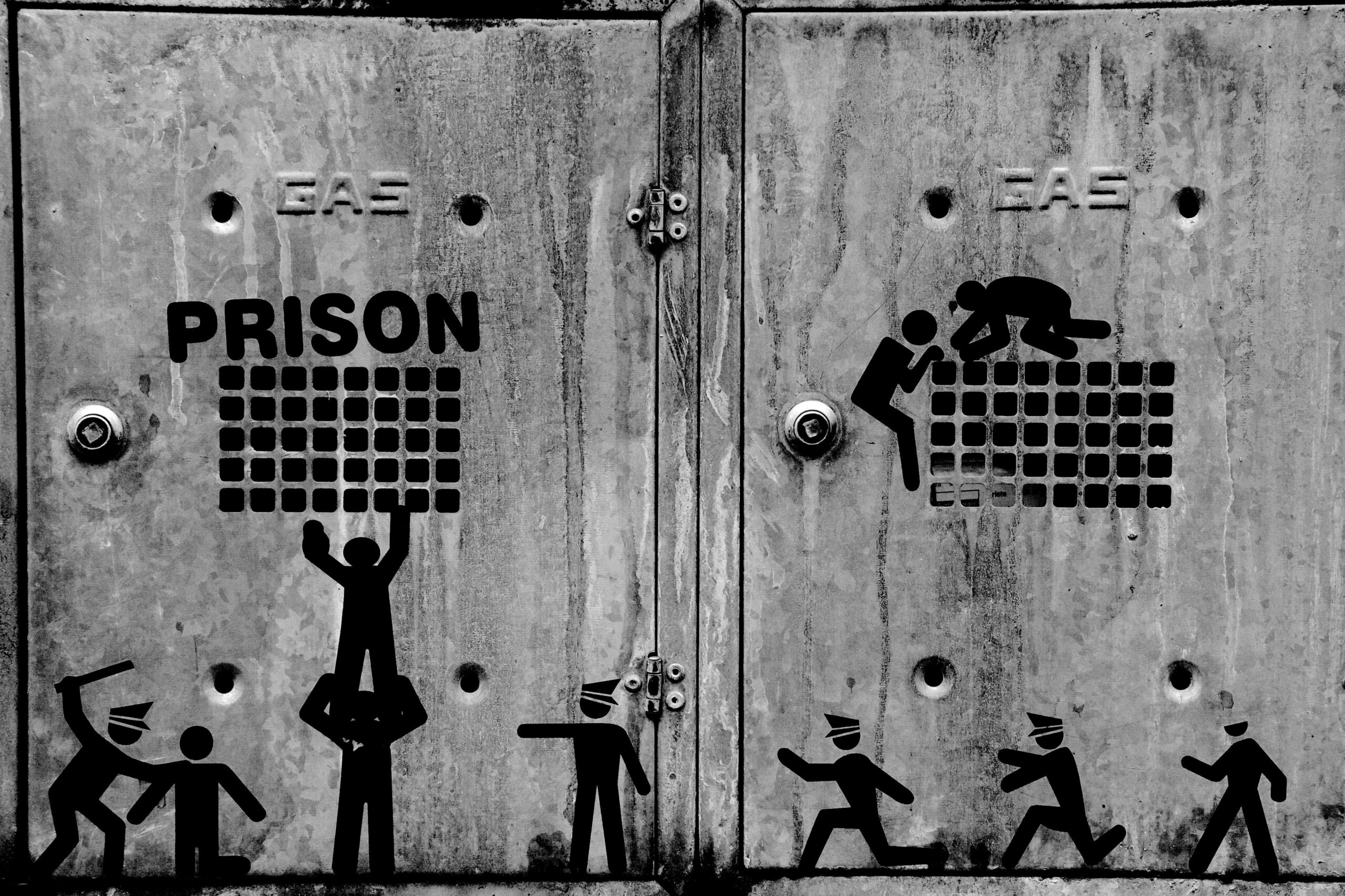Why do men and women often exhibit different patterns when it comes to criminal behavior? This question has puzzled sociologists, psychologists, and criminologists alike for decades. From petty theft to violent crimes, understanding the reasons behind these gender differences can shed light on the complex web of social, biological, and psychological factors at play. In this blog, we’ll dive into the intriguing world of gender and crime—exploring theories, debunking myths, and uncovering why these differences exist. So, why exactly do men and women seem to navigate the world of crime so differently? Let’s unpack the mystery together.
Table of Contents
- Exploring the Roots of Gender Differences in Criminal Behavior
- How Society Shapes Male and Female Paths to Crime
- Understanding Psychological and Biological Influences on Crime Rates
- Strategies to Address Gender-Specific Needs in Criminal Justice Reform
- In Retrospect
Exploring the Roots of Gender Differences in Criminal Behavior
Understanding why men and women often exhibit different patterns in criminal behavior requires diving deeper into a blend of biological, psychological, and sociocultural factors. For starters, hormonal influences, such as the presence of testosterone, have been linked to aggression and risk-taking, which may partly explain higher rates of violent crimes among males. However, biology tells only part of the story. Societal expectations and traditional gender roles shape early socialization, pushing men and women toward distinct behaviors and coping mechanisms. For example, boys may be encouraged to assert dominance and control, while girls might be socialized to prioritize relationships and empathy. This divergence in upbringing subtly channels tendencies that influence interactions with law and authority.
Moreover, the impact of economic and environmental contexts cannot be overlooked. Women, historically and culturally, face different pressures such as economic dependency and caregiving roles, which might limit their exposure to opportunities or motivations for certain types of crimes. On the flip side, systemic inequalities and strain within marginalized communities can exacerbate deviant behaviors, disproportionately affecting one gender over the other depending on the social fabric. When examining criminal data, it’s essential to look beyond numbers and ask:
- How do gender norms influence decision-making in high-pressure situations?
- What role does access to resources or support play in preventing crime?
- Could changing societal attitudes reshape these patterns in the future?
Contemplating these questions opens a window into the complexities behind criminal behavior—and highlights the interplay between nature and nurture in shaping our actions.
How Society Shapes Male and Female Paths to Crime
From a young age, cultural norms and societal expectations begin weaving distinct narratives for males and females, fundamentally influencing their trajectories, including those that lead to criminal behavior. Boys are often socialized to embody traits like aggression and dominance, which can sometimes manifest as externalized criminal acts such as violence or property crimes. In contrast, girls typically face pressures to conform to roles centered on conformity, nurturance, and emotional expressiveness, resulting in different patterns of offending that more often involve relational or survival-based crimes. This divergence is not merely biological but deeply entrenched in the social constructs that prescribe how each gender should navigate challenges and assert control.
Several societal factors contribute to these paths, including:
- Family dynamics: The differential expectations and supervision from caregivers can lead to varying degrees of opportunity and support for risky behaviors.
- Peer influence: Male peer groups may valorize risk-taking and toughness, while female peer groups often emphasize relational bonds and reputation management.
- Economic and educational access: Disparities here can push individuals toward crime as a survival mechanism or a way to gain status.
These elements combine to create gender-specific pressures and opportunities, shaping not only the types of crimes committed but also the frequency and societal response to these behaviors.
Understanding Psychological and Biological Influences on Crime Rates
At the intersection of psychology and biology lies a fascinating explanation for why crime rates often differ between genders. Biological factors such as hormonal variations—most notably testosterone—have been linked to increased aggression and risk-taking behaviors that can fuel criminal activity. Meanwhile, neurological studies reveal that differing brain structures and functions between males and females may influence impulse control and empathy levels, potentially shaping distinct behavioral patterns in relation to lawbreaking. However, it’s crucial to remember that biology does not act in isolation; it intertwines with a person’s psychological makeup, creating a complex mosaic that shapes decisions and actions.
Psychologically, gender norms and societal expectations also play vital roles. Men often face cultural pressures to express dominance and control, sometimes manifesting through antisocial or confrontational behavior. Women, conversely, tend to be socialized toward empathy and relational skills, which can act as protective factors against criminal involvement. These influences combine in unpredictable ways, producing noticeable disparities in types of crimes committed, motives behind actions, and even the frequency with which crimes occur. Some intriguing aspects include:
- The impact of early childhood experiences on aggression and conformity to gender roles.
- Variations in stress response that affect how males and females cope with adverse environments.
- The role of socialization in reinforcing or mitigating tendencies toward rule-breaking behavior.
Strategies to Address Gender-Specific Needs in Criminal Justice Reform
Addressing the unique challenges faced by different genders within the criminal justice system requires a tailored approach that acknowledges the social, psychological, and economic factors influencing behavior. For women, this might mean developing rehabilitation programs that center on trauma-informed care and support for mental health, recognizing the high prevalence of past abuse and addiction. Men, on the other hand, often benefit from interventions targeting aggression management and community reintegration, fostering healthy emotional expression and breaking cycles of violence.
Effective reform also hinges on incorporating gender-responsive policies that promote equity rather than a one-size-fits-all model. Considerations include:
- Creating safe spaces: Facilities and support services that account for different experiences of safety and vulnerability.
- Adaptive sentencing guidelines: Evaluating the social context behind offenses, particularly for non-violent crimes linked to survival or coercion.
- Community and familial connections: Programs that maintain or restore relationships, which are often pivotal in reducing recidivism across genders.
- Education and skill-building: Tailoring vocational training and educational opportunities to empower individuals based on their distinct life circumstances and needs.
By embracing these strategies, the system can move toward more humane, effective justice that acknowledges the nuanced realities of gender in criminal behavior and rehabilitation.
In Retrospect
As we wrap up our exploration into the intriguing world of gender differences in criminal behavior, it’s clear that the reasons behind these patterns are anything but simple. From biological influences to social expectations, a web of factors weaves together to shape how and why individuals engage in crime differently. What remains most fascinating is how much there still is to uncover—challenging our assumptions and encouraging us to dig deeper into the roots of behavior. So, whether you’re a curious reader, a student, or just someone eager to understand the complexities of human nature, remember: the story behind gender and crime is ongoing, and every new insight brings us one step closer to a more nuanced understanding of ourselves and our society. Stay curious!











